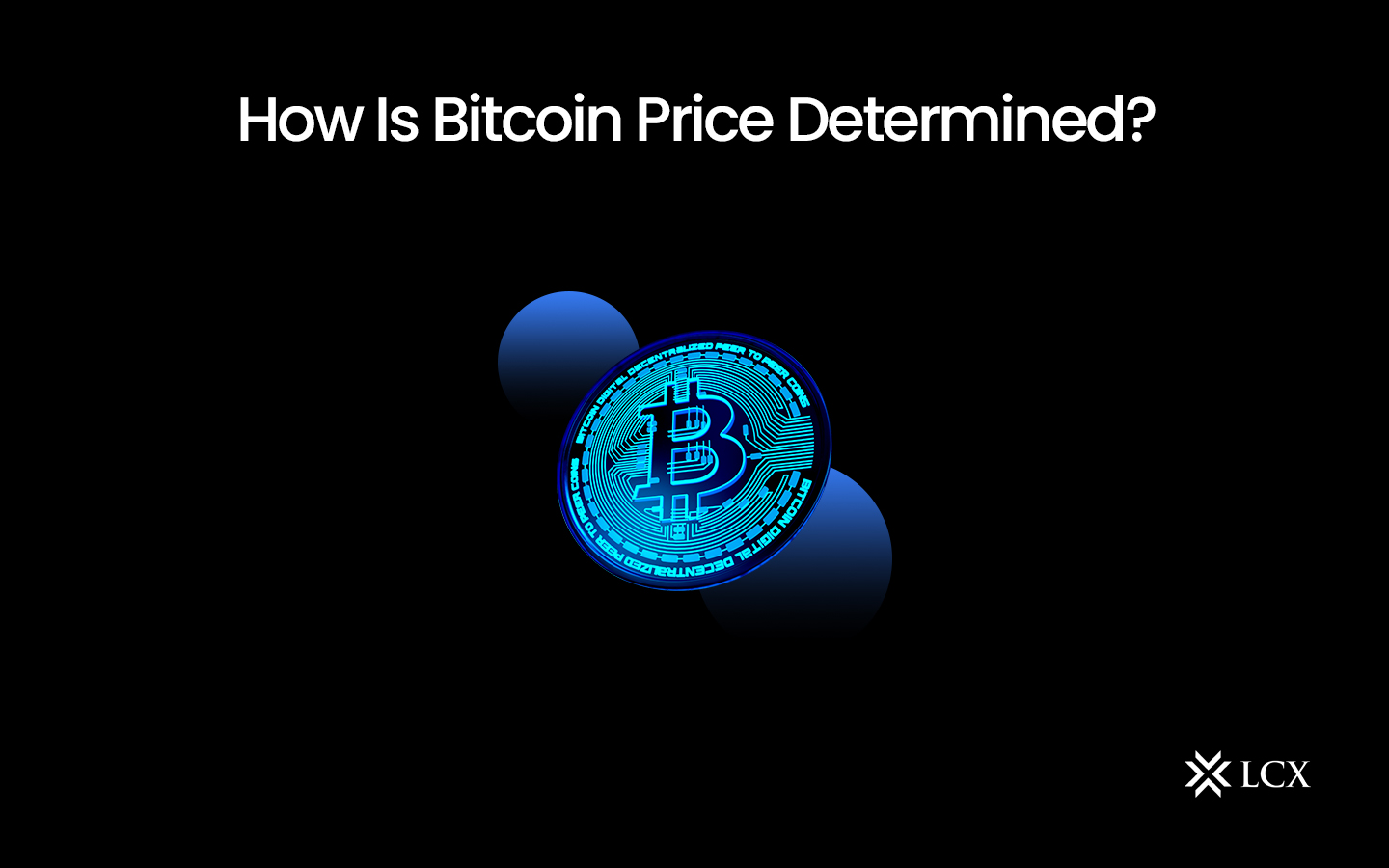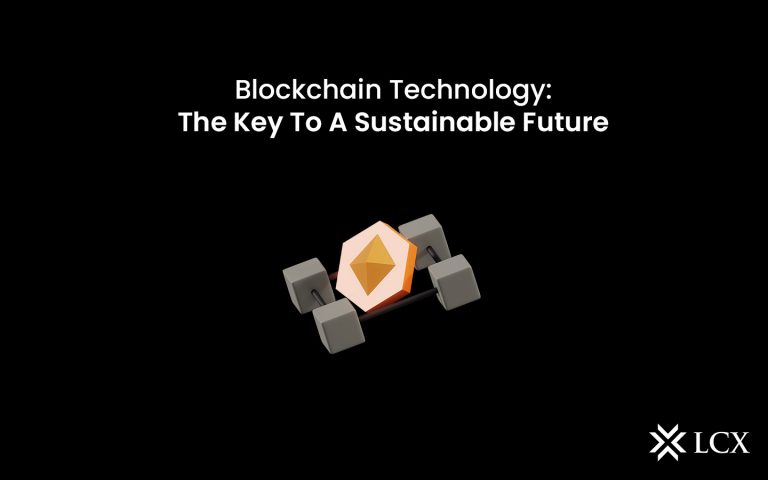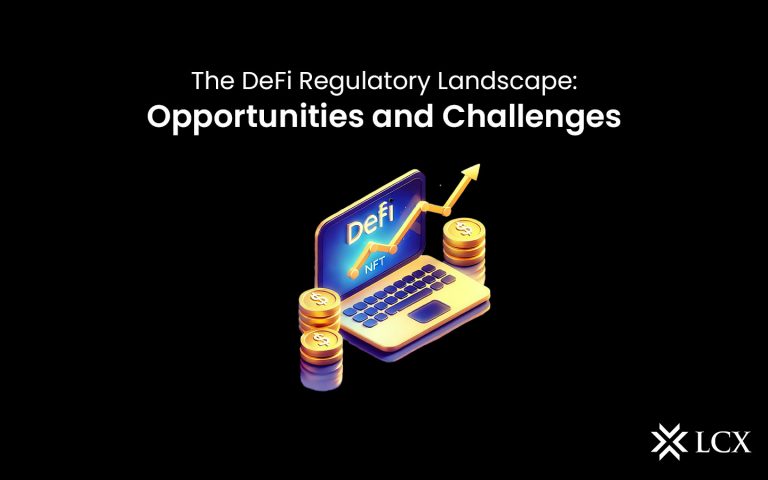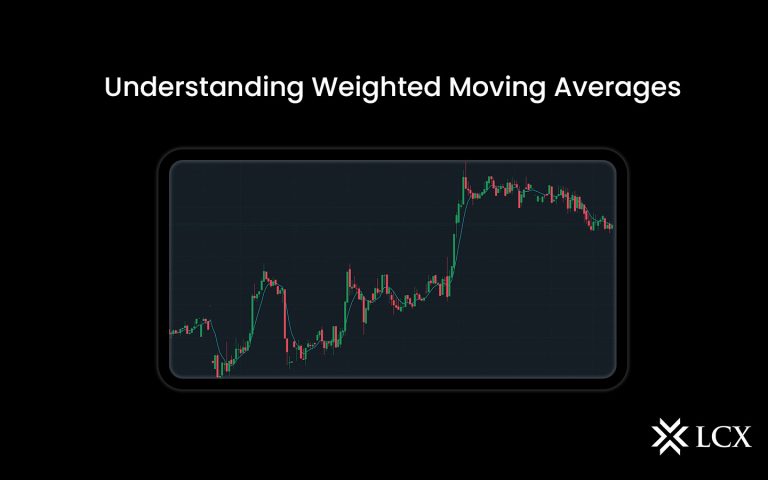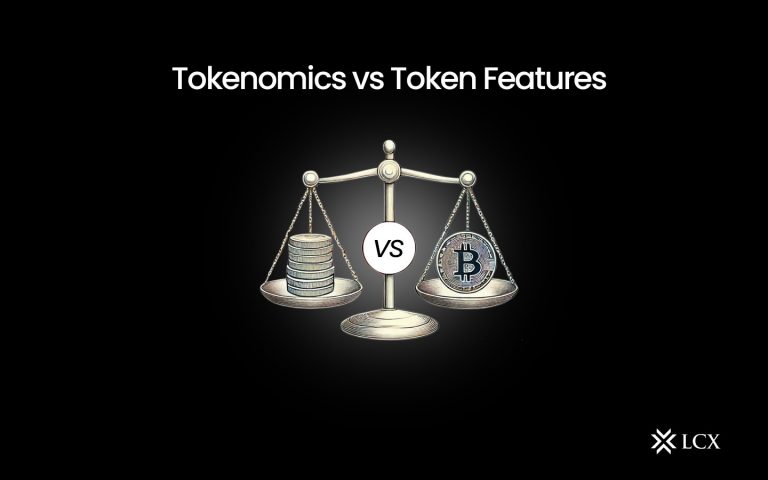The dynamics of supply and demand in the market affect the price of bitcoin. More sellers usually result in lower prices, or vice versa.
Bitcoin (BTC) is a cryptocurrency that, unlike fiat currencies like the US dollar, the British pound, the euro, and the Japanese yen, is not issued by any government or legal authority. Cryptographic protocols and a distributed user network are necessary for the creation, storage, and transfer of Bitcoin.
Investors do not use middlemen in their commercial operations; instead, they transact directly. The peer-to-peer Bitcoin network simplifies trading and gets rid of barriers to it. In 2008, Satoshi Nakamoto proposed the first cryptocurrency in history, which debuted in January 2009.
A major factor in Bitcoin’s perceived value and ease of use is the number of businesses that accept it. However, there has been a lot of volatility in its price, which has resulted in quick price swings. These factors include market mood, media coverage, and regulatory developments. It can be difficult to discover clear answers to frequently asked topics, like “What determines Bitcoin’s price?” even during the height of its popularity. Who determines the price of Bitcoin? Does Bitcoin have inherent worth?
The characteristics of the supply and demand markets that influence the cost of other commodities and services also impact the price of Bitcoin. If there are more buyers than sellers, or vice versa, prices will most likely increase. It’s also crucial to remember that neither a single organization nor a single place, like a stock exchange, controls the price of Bitcoin.
Rather, supply, demand, and additional variables, including new innovations in technology, security, and regulations, impact each market’s or exchange’s pricing.
What Factors Could Impact Bitcoin’s Price?
In addition to supply and demand, news, production costs, regulation, and competition from other cryptocurrencies all influence the price of Bitcoin.
Supply and Demand
The law of supply and demand, which states that market forces of supply and demand collaborate to determine the market price and quantity of a particular commodity, is well-known to those with an economics background. As sellers increase production of an economic commodity, for instance, demand decreases; conversely, an increase in price results in increased supply.
In determining Bitcoin’s value, the fundamental economic principle of supply and demand is instrumental. A hard limit of 21 million coins on Bitcoin’s supply imbues the digital currency with a sense of scarcity. After reaching the limit, miners will cease receiving additional Bitcoin for the purpose of transaction verification.
The Bitcoin halving, which occurs approximately every four years, reduces the rate at which new BTC enter the market supply by halving the reward for mining new blocks. In the event that demand remains constant or increases amidst a deceleration in supply growth, Bitcoin prices may rise.
|
New BTC per block before Halving |
New BTC per block after Halving |
Price on Halving Day |
Price 150 Days later |
|
|
2012 Halving |
50 BTC |
25 BTC |
$12.35 |
$127 |
|
2016 Halving |
25 BTC |
12.5 BTC |
$650.53 |
$758.81 |
|
2020 Halving |
12.5 BTC |
6.25 BTC |
$8,821.42 |
$10,943.00 |
Competition and News
There are several alternative cryptocurrencies that contend with Bitcoin, including Dogecoin (DOGE) and Ether (ETH), all of which possess distinctive attributes that pique the interest of investors. Furthermore, the price volatility of Bitcoin can be substantially influenced by investor sentiment, which is formed on the basis of perceptions regarding the cryptocurrency’s future potential.
Cost of Production
In addition to direct expenditures such as electricity and infrastructure for miners, the production cost of Bitcoin also includes indirect costs associated with the intricacy of the cryptographic challenges that miners are required to resolve. These expenses aid in determining a threshold or “break-even” point for miners, influencing the minimum price at which they might deem Bitcoin mining economically feasible.
The critical price at which Bitcoin mining becomes financially viable, accounting for operational expenses, is commonly known as the “floor price” or break-even point in the mining industry.
Furthermore, the rate at which new Bitcoin are generated is impacted by the modifications made to the difficulty of its cryptographic riddles by the Bitcoin network in reaction to the aggregate mining power. Implementing these modifications may result in a deceleration or acceleration of the Bitcoin supply, which in turn may have an impact on the cryptocurrency’s market value.
Regulation
The regulations governing cryptocurrencies are subject to frequent modifications. While certain nations, like El Salvador, legalised Bitcoin as tender in 2021, adopt a favourable stance towards cryptocurrencies, others, like China, formally prohibited crypto transactions in 2019. Uncertainty that may influence the price of Bitcoin may result from regulatory developments that have a substantial effect on the market dynamics of the cryptocurrency.
Restrictive measures implemented by authorities have the potential to exert a downward pressure on the price of Bitcoin. On the other hand, regulatory measures aimed at enhancing security and facilitating market access, such as the authorization of spot Bitcoin exchange-traded funds (ETFs) in the United States, have the potential to stimulate increased market engagement and potentially result in a surge in the price of Bitcoin.
Why Is the Bitcoin Price so Volatile?
The intrinsic value and prospective price volatility of Bitcoin contribute to its status as a highly volatile asset.
Through the halving, the quantity of new Bitcoin added to circulation decreases annually for four years, thereby gradually reducing the inflation rate of the asset. As of the time of writing, Bitcoin has surpassed its previous status as a niche asset and emerged as a prominent participant in the wider financial arena, ranking tenth-largest by market capitalization from CompaniesMarketcap. Furthermore, it is not unique to Bitcoin that media coverage has the capacity to disproportionately impact asset prices.
On the other hand, due to the pervasiveness and immediacy of information made possible by digital media and social media platforms, news (whether positive or negative) can affect investor sentiment and, by extension, asset prices universally, in an instant. Cryptocurrencies are frequent examples of highly speculative markets where investor sentiment is a critical factor, amplifying this effect.
In addition to increasing demand and recruiting institutional capital, the January 11 approval of U.S.-based spot Bitcoin ETFs had a substantial effect on the price of Bitcoin. As a result, the price of Bitcoin has increased by 33% since January 11 as traditional finance institutions and investors flocked to invest as of the time of writing.
Could Bitcoin reach zero in value, given its extreme volatility? Under extreme circumstances—such as a complete loss of confidence by all users and investors or a disastrous technological failure undermining the blockchain’s security—such a scenario is not only improbable but technically feasible. Nevertheless, the likelihood of these situations materialising is exceedingly low owing to the decentralised architecture, extensive usage, and resilient underlying technology of Bitcoin.
Furthermore, layer-2 advancements such as the Lightning Network strive to address challenges related to usability and scalability, potentially enhancing the value proposition of Bitcoin. In contrast to Ethereum’s ERC-20 token standard, which enables the development of smart contracts and tokens on its network, Bitcoin does not inherently support complex smart contracts or token standards by design.
However, there are ongoing efforts to develop novel solutions that will expand the capabilities of Bitcoin in this domain. An example of this is the RSK (Rootstock) platform, which is addressing this issue by integrating smart contract capabilities into the Bitcoin ecosystem.
Moreover, the BRC-20 token standard embodies a novel methodology for directly integrating tokenization functionalities onto the Bitcoin blockchain. BRC-20 endeavours to facilitate the generation, minting, and transmission of fungible tokens as an experimental standard, similar to the operation of the ERC-20 standard on Ethereum and other networks compatible with the Ethereum Virtual Machine.
How High Can Bitcoin Realistically Go?
The prospective future value of Bitcoin is a topic that generates considerable interest and conjecture, as it is susceptible to a multitude of determinants that can impact its course. These elements consist of market acceptance, regulatory advancements, technological progress within the blockchain ecosystem, and even more general economic circumstances.
Market adoption is crucial because increased acceptability of Bitcoin for transactions and investments can stimulate demand. The regulatory actions of governments and financial institutions around the world can either facilitate or impede Bitcoin’s expansion, depending on whether they implement restrictions or provide users with transparency and security.
If technological developments enhance the scalability, security, and utility of Bitcoin, they could potentially exert a positive impact on its value. Moreover, macroeconomic factors such as inflation rates, currency devaluations, and investor sentiment towards conventional and digital assets may influence the investment appeal of Bitcoin.
An additional factor to contemplate is the increasing recognition of Bitcoin as “digital gold,” which ultimately propels it towards its intended function as a safe-haven asset and a store of value. This analogy not only underscores the potential of Bitcoin to serve as a safeguard against economic volatility, but also demonstrates its unique benefits in comparison to traditional investments like gold, which stem from its digital nature and limited supply.
As a result of these variables, it is difficult to forecast a precise value that Bitcoin may attain. Historical trends have exhibited notable volatility, characterised by periods of substantial price increases interspersed with periods of price corrections. By applying the technology adoption S-curve framework, it is possible to forecast the future trajectory of Bitcoin’s growth and acceptability. This model proposes that Bitcoin, similar to other revolutionary technologies, will likely attain wider acceptability as it progresses and overcomes initial adoption obstacles.
Nevertheless, as previously mentioned, the theoretical maximum price of Bitcoin is entirely speculative and contingent upon additional developments. As with any investment, potential profits are not assured; therefore, caution should be exercised when speculating on the future price fluctuations of Bitcoin.
